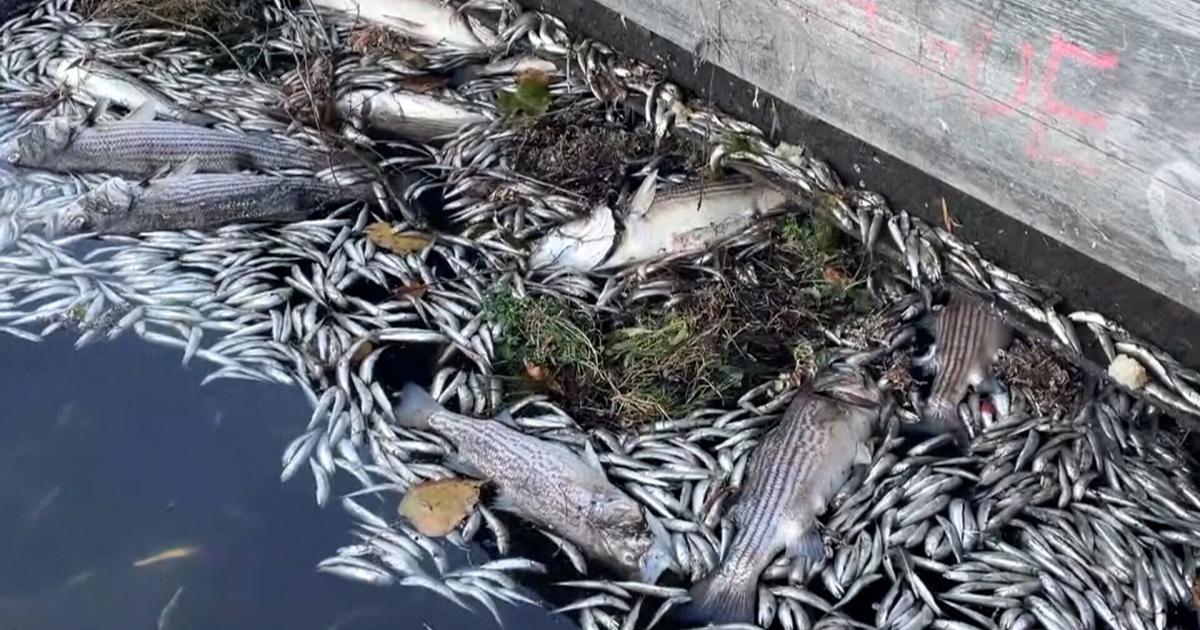Toxic algae that can make people sick have been found in popular swimming and fishing spots all around California.
Indian Creek Reservoir, 30 miles southwest of Lake Tahoe, is one such location where harmful algal blooms (HABs) have been confirmed.
The California Water Quality Monitoring Council has also detected a red tide HAB in San Francisco Bay, as well as “dangerous” levels of algal toxins in Clear Lake, Lake Crowley, and Bridgeport reservoirs.
Algal blooms are caused by rapid growth in a population of algae (cyanobacteria, dinoflagellates or diatoms) living in a body of water, often caused by increased nutrient content in the water or by increased temperatures. These algae can be harmful if ingested but also produce toxins that may poison people and animals exposed to them.
According to the CDC, these toxins may be absorbed via the skin, inhaled, swallowed, or consumed via contaminated foods. If exposed to HABs, humans may experience flu-like symptoms, skin irritation, abnormal breathing and gastrointestinal symptoms. In pets, however, exposure may lead to seizures and death.
The consumption of shellfish can cause a condition known as Paralytic Shellfish Poisoning (PSP), caused by shellfish accumulating neurotoxins produced by algae they have consumed, resulting in paralysis in humans who in turn eat the shellfish.
Outside of poisoning humans and pets, algal blooms can have catastrophic effects on aquatic ecosystems. These mass growths rapidly use up all the oxygen in the water, starving other marine life of oxygen, as well as producing harmful gasses and toxins that may kill other organisms. If the clumps of algae become too dense, they could also block out the sunlight to the water column below, causing marine plants to die from a lack of photosynthesis.
The red tide algal bloom currently occurring in San Francisco Bay, the largest of its kind for over ten years, is killing thousands of fish, causing them to wash up on the shore.
California is in the grip of a huge heatwave. According to the U.S. Environmental Protection Agency, higher water temperatures are the ideal conditions for toxic blue-green algae, especially because warmer temperatures prevent water from mixing, allowing algae to grow much faster.
The CDC advises avoiding water that smells bad, looks discoloured, has foam or scum on the surface, or has dead fish or other animals washed up on its shore or beach. Eating shellfish from such water should be avoided.
Hikers should also be aware that water filters and boiling may remove the algae itself from water, but will not remove toxins, so the water may still be harmful.
Source: Ghanafuo.com

